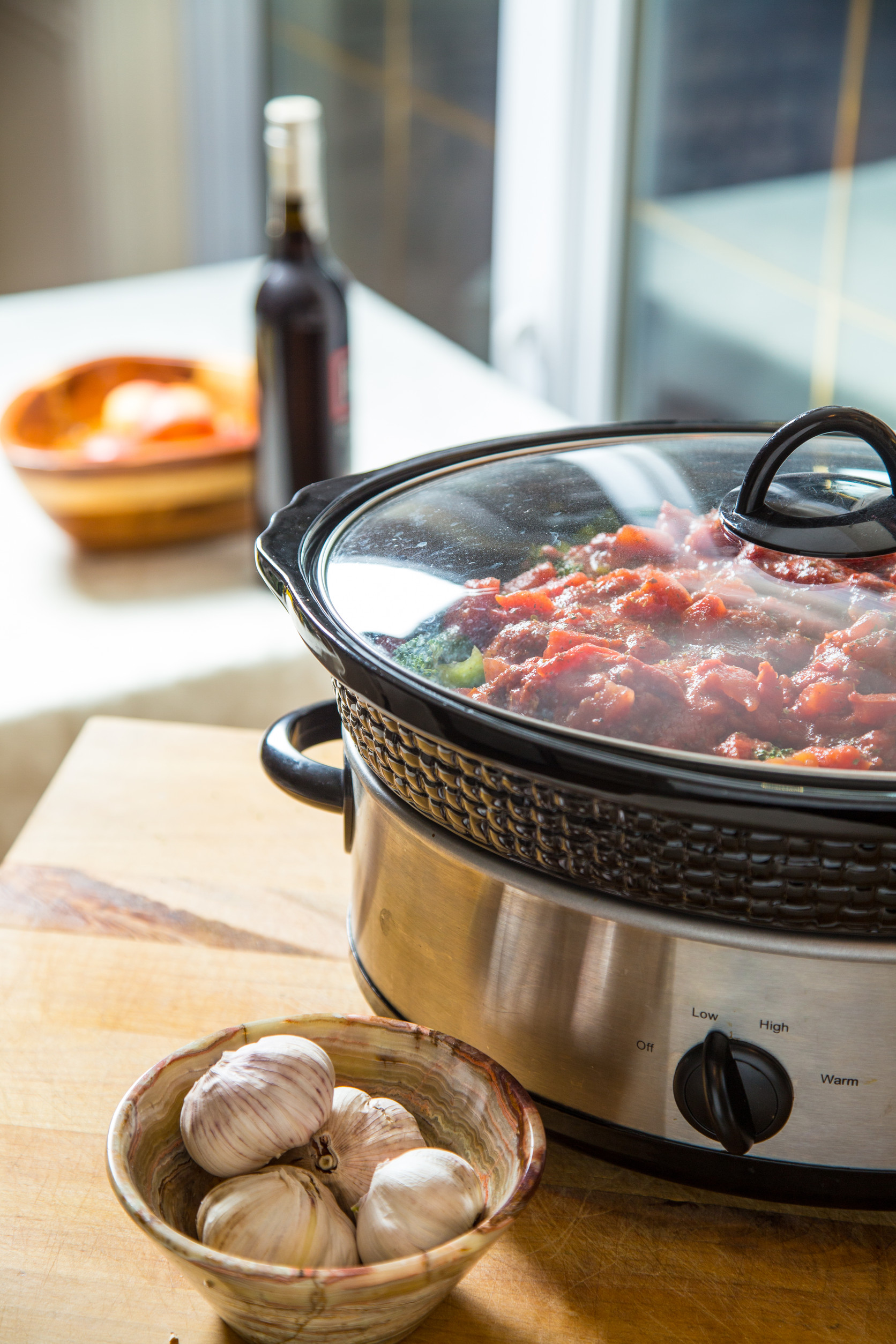
Image Source: 123rf.com
Crockpots (AKA slow cookers) are beloved for their convenience: set it in the morning, and come home to a hot meal. But many people wonder, how long is too long to leave your crockpot on? Knowing the limits of crockpot safety can prevent kitchen mishaps, maintain food quality, and protect your health. Let’s dive into what experts recommend—and the hidden risks of forgetting—or overusing—this kitchen staple.
Safe Cooking Times Vary by Setting
Most slow cooker recipes call for 6–8 hours on low heat, which safely heats food above 140°F to eliminate bacteria. After cooking, switching to “warm” is fine—but Good Housekeeping warns not to exceed 4–6 hours on warm to prevent dryness or overcooking. Some modern crockpots include automatic warm modes and even 24‑hour shut-off. High heat is typically best only for initial heating—it can dry or overcook food if used too long. For balanced crockpot safety and food quality, aim for 6–10 hours total: 6–8 cooking plus 1–2 hours warming. It is also best to have a programmable crockpot to ensure safety.
Food Safety Depends on Staying Hot
The USDA warns that perishable food left between 40°F–140°F for over two hours becomes unsafe. Slow cookers usually operate between 170–280°F, so times over 2 hours are safe—if the temperature stays above 140°F. That 4-hour danger window is why it’s important to preheat the cooker and add hot liquids right away. If the crockpot cools down (due to power loss or lid removal), bacteria can grow fast. When using long cook times, test the internal temperature and keep the lid closed to maintain heat.
Extended Warm Mode Can Sacrifice Flavor
Switching to warm extends cooking safely, but affects food texture and flavor. Experts say warm mode over 6 hours starts to degrade soups, stews, meat, and veggies, resulting in dryness, mushiness, or evaporation. While technically safe, long warming can ruin a dish’s quality faster than it spoils. For crockpot safety and delicious results, serve within a few hours after cooking ends. Or reheat gently just before serving instead of extended warming.
Overnight or Off-House Use Requires Caution
Many use crockpots overnight or while away, and they’re generally safe when used correctly. Reddit users report decades of issue-free overnight cooking using reliable models, solid safety practices, and enough liquid. The key is to use low heat, ensure the appliance sits away from flammable surfaces, and never overload the pot. Still, always follow manufacturer guidelines, place it on a stable, heat-resistant surface, and test your model’s reliability before trusting it nightly.
Power Outages and Dinner Disasters
Even the best crockpots lose their edge if power fails mid-cook. The USDA advises discarding food if it falls below 140 °F for more than two hours, regardless of how it looks or smells. So, a power loss while you’re away could render dinner unsafe. For true crockpot safety, implement backups like power outage alarms or temperature-monitoring plugs. Better safe than sorry—even a simmering fire hazard isn’t worth a warm meal.
Follow These Rules for Smart Slow Cooking
Here’s the crockpot safety cheat sheet:
- Cook 6–8 hours on low, and limit warm to 1–2 hours after.
- Preheat, add hot liquids, and check that food hits 140°F quickly.
- Don’t overload—fill ½ to ⅔ full and keep it stable on a non-flammable surface.
- Never ignore power cuts; if it’s unsafe—or cold—it’s time to toss.
- Choose modern, reliable crockpots with automatic features and timers.
Your Crockpot Can Be Both Convenient And Safe
With just a bit of awareness, your crockpot can deliver reliable meals without risk. The secret to crockpot safety lies in respecting cook times, keeping food hot, and avoiding extended warm-mode use. Want to sleep soundly—or leave the house—with dinner cooking away? Use a quality, programmable cooker on low, check temps, and serve within a few hours of cooking. Then enjoy the aroma—and peace of mind.
Do you leave your crockpot on overnight or all day? How do you ensure crockpot safety in your home? Share your habits and tips in the comments!
Read More
10 Foods That Are No Longer Microwave-Safe
5 Big Box Items That Are Failing Safety Inspections
This post includes affiliate links. If you purchase anything through these affiliated links, the author/website may earn a commission.

